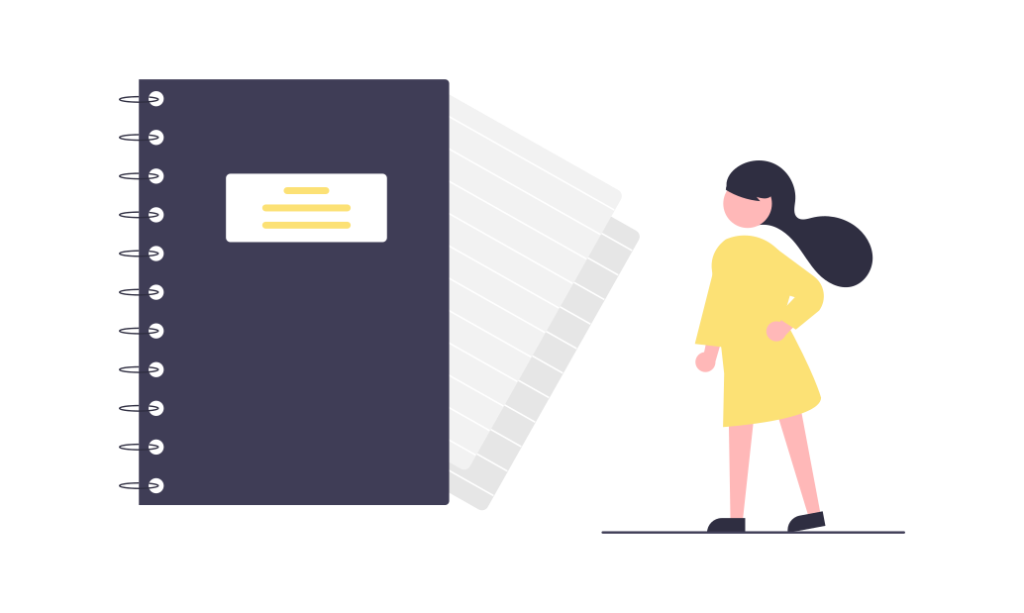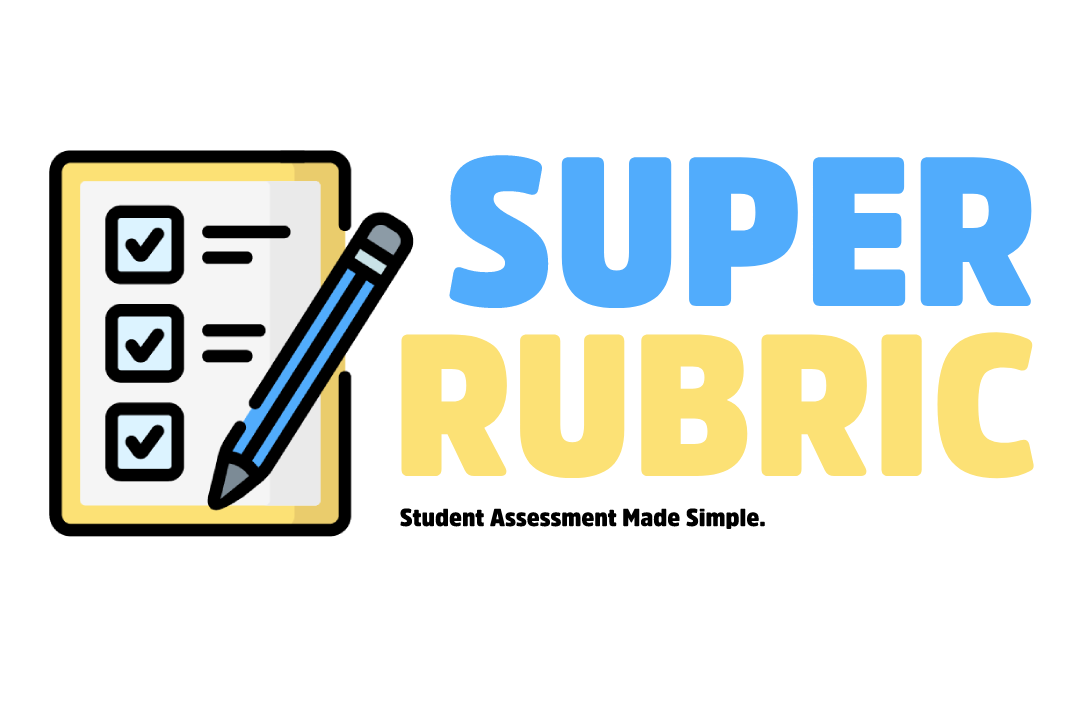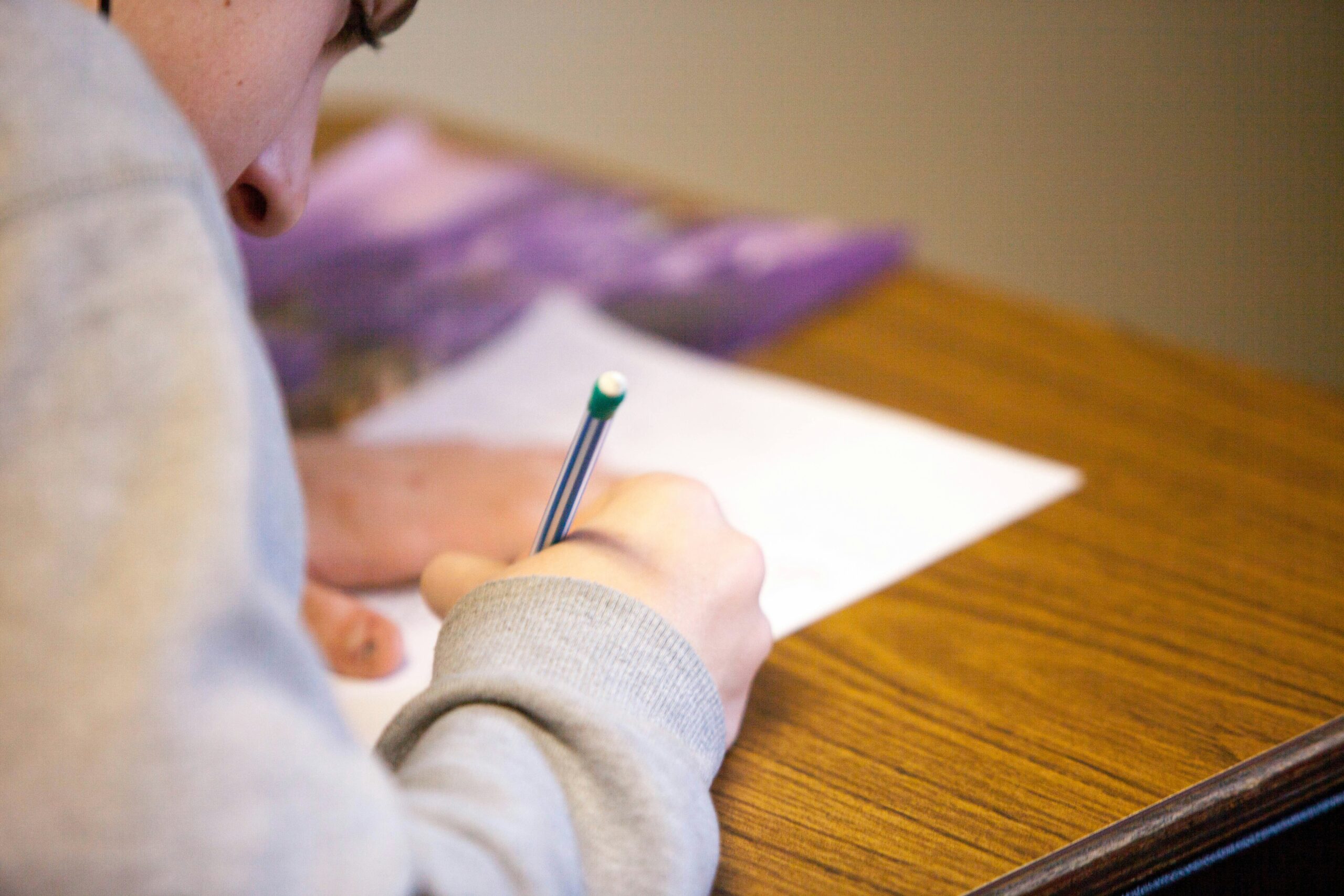Today, we’re diving into a super important topic in our world: Orthographic Mapping. It might sound fancy, but it’s all about how kids learn to read and write better. This guide is here to break down Orthographic Mapping into easy-to-understand bits, giving you great ideas to use in your classroom.
What is Orthographic Mapping?
 Let’s start with the basics: Orthographic Mapping is about connecting the sounds we hear in spoken words to the letters we see in written words. It’s a key skill that helps students read smoothly and write without stumbling.
Let’s start with the basics: Orthographic Mapping is about connecting the sounds we hear in spoken words to the letters we see in written words. It’s a key skill that helps students read smoothly and write without stumbling.
Think of it like a mental bridge that links what we say to what we write. This bridge is super important for kids to become strong readers and writers. As teachers, we play a big part in building this bridge for our students.
By getting good at Orthographic Mapping, we can really help our students shine in reading and writing.
Phonemic Awareness: The First Step
Before kids can master Orthographic Mapping, they need to get the sounds of language down pat. This is called phonemic awareness. It’s all about recognizing and playing around with the sounds in words.
You can start this with fun activities in class. Things like breaking words into sounds, or mixing sounds to make new words, can make a big difference in helping kids get ready for Orthographic Mapping.
Making Orthographic Mapping Fun in Class
Orthographic Mapping isn’t just a separate lesson – it’s part of all kinds of reading and writing activities. Here are some cool ways to bring it into your classroom:
- Spelling Fun: Turn spelling into a game of sound detective. Have students figure out the sounds in words and match them to letters. This is a great way to improve their reading skills too!
- Read Aloud Time: When students read out loud, they get better at linking the words they see to the words they hear. This helps a lot in making that mental bridge stronger.
- Writing Adventures: Get your students to write stories, keep diaries, or make up sentences. Encourage them to think about how the words sound as they write. This is a fun way to practice Orthographic Mapping.
- Orthography Games: Have your students “play” with the sounds and the words. We have some great resources to support you with this!
Easy Strategies for Teaching Orthographic Mapping
Teaching Orthographic Mapping doesn’t have to be tough. Here are some straightforward strategies that you can use in your classroom:
- Word Walls: Create a word wall in your classroom. This is a great visual tool where you can display new words, breaking them down into sounds and letters. It’s like a map on the wall that guides students in connecting spoken and written language.
- Interactive Games: Kids love games, and they’re a fantastic way to teach Orthographic Mapping. Try games like word bingo, where students have to match sounds to written words, or puzzles that involve putting letter pieces together to form words.
- Regular Practice: Consistency is key in learning. Incorporate short, regular practice sessions into your daily routine. These can include quick spelling quizzes, reading a paragraph aloud, or writing a couple of sentences on the board.
Overcoming Common Challenges
 Not all students will grasp Orthographic Mapping at the same pace, and that’s okay. Here are some tips for overcoming common challenges:
Not all students will grasp Orthographic Mapping at the same pace, and that’s okay. Here are some tips for overcoming common challenges:
- Individual Attention: Some students may need a bit more help. Spending one-on-one time with them can make a big difference. This allows you to tailor your teaching to their specific needs.
- Use of Multisensory Techniques: For kids who struggle, using a multisensory approach can be very effective. This includes seeing (visual), hearing (auditory), doing (kinesthetic), and touching (tactile) aspects of learning. For example, building words with letter tiles or tracing words in sand can make the learning process more engaging and effective.
- Positive Reinforcement: Always celebrate small victories. Encouragement and positive feedback can boost a student’s confidence and interest in learning.
Engaging Parents in the Process
Getting parents involved can also help students improve their Orthographic Mapping skills. Share simple activities that parents can do at home, like reading together or playing word games. Keeping parents informed about what Orthographic Mapping is and why it’s important can also make a big difference.
Conclusion
Orthographic Mapping is a crucial skill that lays the foundation for successful reading and writing. By incorporating fun, interactive, and consistent practices in your classroom, you can make a significant impact on your students’ literacy journey. Remember, every student learns differently, so being patient and creative in your approach will lead to great results.
Happy teaching, and let’s build those bridges to literacy success together!
Download Othographic Mapping Games and Other Resources Today!








You must log in to post a comment.